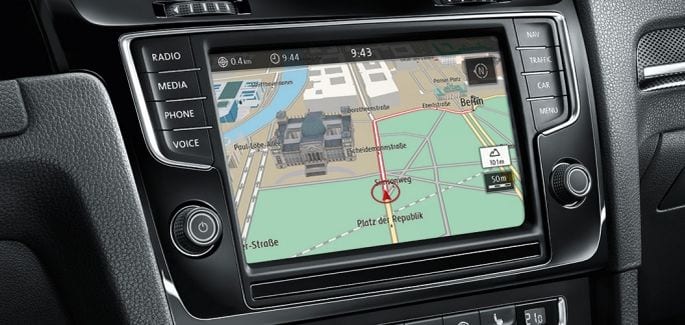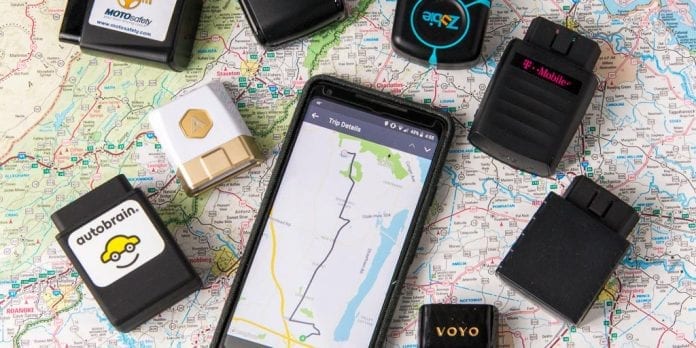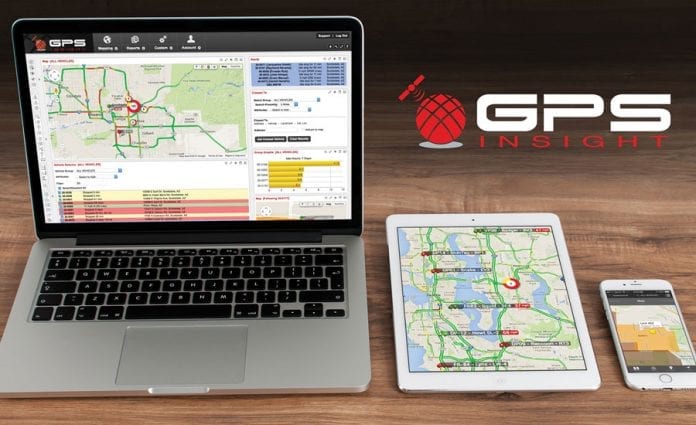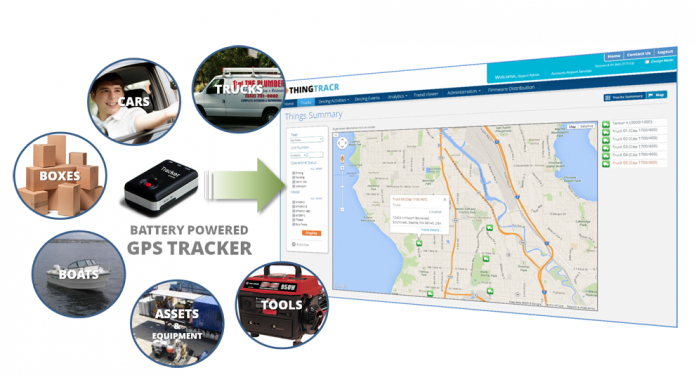For a few decades now, vehicle tracking technology has steadily grown in popularity and an increasing number of businesses have been using this system to manage their company’s vehicles or field equipment. The Global Positioning System, GPS for short, utilizes satellites or radio-navigation systems to provide tracking services that can be used in numerous industries, for both commercial and personal applications. It allows companies to cut costs, protect their machines and other assets while improving their effectiveness as well.
However, it can also be used by any business that relies on various types of machinery to develop their activities and make a profit but who also wish to simplify and better organize their operations in order to improve efficiency. A GPS Tracker for car makes traveling and finding locations a breeze. They employ GPS technology to monitor and track vehicle locations in real-time. Enhancing security and enabling efficient fleet management, they offer peace of mind and logistical advantages. So if you are interested in learning more about these devices and software, here is everything you need to know.
What It Is

The technology is a combination of vehicle or machinery location tracking and a software interface that provides data. This is done by installing devices into the machinery which can then collect various data which includes fuel consumption, the turning on of a vehicle, and much more while matching it to the location at the same time.
For receiving location data, GPS radio-navigation systems are commonly used, although it some cases satellite navigation is utilized instead. The software interface that collects data can either come as a computer program or following the latest trends, a cloud computing system. Today, smartphone apps can be used for gathering and viewing software-collected data and the information can also be downloaded in Excel or PDF formats.
How It Works
Generally, these systems are dependable on both hardware and software. The hardware gathers information along with GPS coordinates to provide particular information such as its position, speeding, harsh or sudden braking, and the time.
The software accumulates data in different forms and typically shows a map display of the vehicle’s current position and location. It can also showcase the places or route it has been on, all of the stops it has made, and more. However, fleet management software which is a more complete and detailed tracking system can provide additional details, for example, driver behavior information, maintenance expenses, compliance management reports, global or per fleet fuel purchases and consumption, and much more.
Types of Devices

There are three commonly used types which include trackers installed via a 3-wire connection below the dashboard, OBD trackers that do not require installation, and Asset trackers that work with a battery and are used for equipment without a power connection or engine.
Asset devices are extremely useful in the construction industry and can be used in mobile devices or trailers. OBDs are great for businesses where installing trackers is not logical, for example, in cases when vehicles are often switched, because these trackers simply need to be plugged into the OBDII port to work. Companies such as IntelliTrac offer different types of devices like ones that easily plug into most 12V vehicles, others that are suitable for small businesses, and advanced trackers that can accommodate corporate and government telematics.
Features
Summary Reports – they provide extensive details and information related to activity, utilization, and compliance, and offer an analytics dashboard as well.
Alerts – You can create and set various types of alerts that will immediately notify you of any occurring issues with vehicles in transit.
Real-Time Tracking – You can view your fleet locations live with their positions being updated every 30 seconds or as requested by your company.
Driving History – No matter the time or date, you can replay any journey and check its parameters such as events, speed, and the likes.
More advanced systems can offer additional features or add-ons such as marking custom locations, driver messaging, a panic button, paperless vehicle checks, compliance suits, driver challenges, and others.
The Benefits
-
Cost-Efficiency
There are many ways these systems can help with the reduction of costs. Better fuel management plans can be created thanks to the reports and they also eliminate unnecessary and excessive consumption of fuel, unauthorized vehicle usage, paying fines due to speeding, unwanted breaks, breakdown times, and much more. It can also greatly reduce insurance costs since many insurance companies are aware of the benefits these devices have to offer, meaning that many of them might give you a premium discount due to this.
-
Improved Safety and Driver Behavior

Monitoring driver behavior can not only cut expenses but also greatly improve safety. Being monitored will surely encourage them to follow speed limits, avoid taking detours or unnecessary breaks, and also create better customer relationships.
-
Easy Vehicle Recovery
Unfortunately, thefts tend to happen at times, but installing these trackers will enable you to quickly respond, find them, and recover them in no time. Besides, they can be extremely useful in cases where you cannot contact your driver for a long time, especially during harsh weather conditions. You will be able to find them and respond much faster if your employee is in danger or is experiencing any issues in the field.
-
Increased Productivity
Besides encouraging your employees to follow driving schedules more closely, the various reports these devices provide greatly reduce the amount of administrative paperwork that needs to be done. Instead of having to keep logbooks, all this information is entered into the system with one press of a button.
-
Improved Maintenance
You can set up alerts based on engine use or mileage which can help create a maintenance schedule in advance. This will help you avoid delaying the movement of goods since regularly maintaining and servicing your vehicles will greatly reduce the development of any mechanical issues.
-
Higher Customer Satisfaction
Being able to always tell your customer the specific location of goods or when they will reach their destination can help create a better relationship with them and also help you earn their loyalty. By letting consumers know their products are closely monitored on a map, they will be assured that their goods are safe and on their way.

Conclusion
These systems are not only great for protecting all of your assets but can also help you streamline operations. Consider integrating these systems into your business and increase safety and efficiency, while reducing costs simultaneously.









